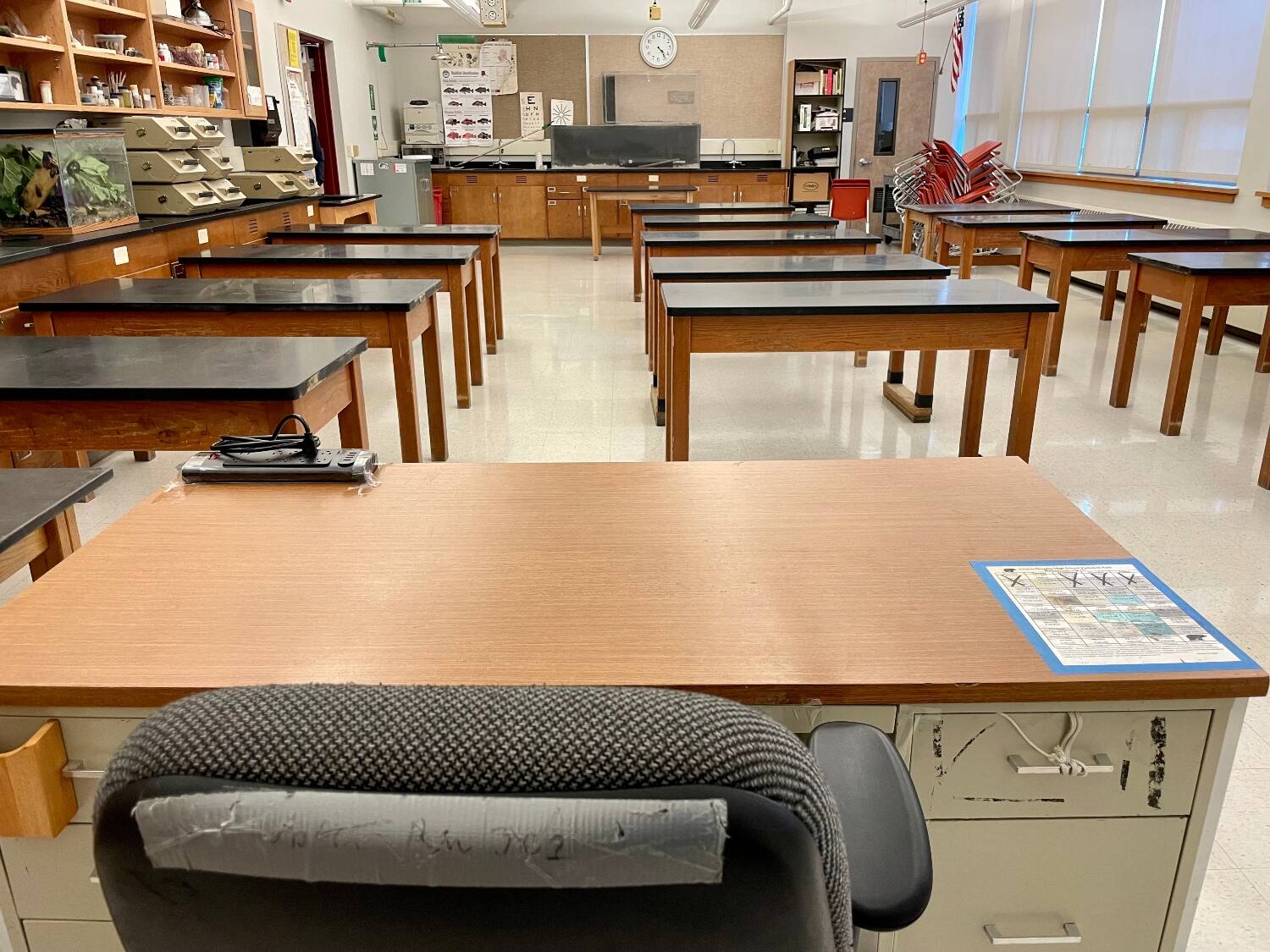In 2022, only one state, Arizona, had more chronically absent students than Alaska, where more than 45% of students missed enough school to be academically at-risk, according to a national nonprofit.
That means nearly half of Alaska students missed at least 10% of the school year in the most recent available data. In a presentation to the Senate Education Committee on Wednesday, Hedy Chang, executive director of the nonprofit Attendance Matters, said chronic absenteeism rates have doubled nationwide since the pandemic and Alaska is no exception.
“Part of why you want to notice chronic absence and make sure that kids have good attendance is because it ultimately gets to those outcomes that we really care about,” she said.
The organization defines chronic absenteeism as missing 10% or more of school days for any reason.
Data collected by Attendance Matters showed that the increases in chronic absence in the state are occurring at the same time as the state’s scores on national standardized tests are dropping. “I think something like 25% of that decline is explained by attendance, the increases in absences actually,” Chang said.
Data also showed the second graders who were chronically absent were less likely to be able to read at grade level than their peers who were not chronically absent. Chang said that the consequences could persist and manifest as poor performance in middle school and a higher likelihood of dropping out of high school.
Before the pandemic, nearly half of the state’s schools experienced “extreme chronic absence,” where 30% or more students are chronically absent. In the 2021-2022 school year, 86% of Alaska schools experienced extreme chronic absenteeism.
Chang said when students show up everyday to school, it builds routine, reduces stress, creates a sense of security, and increases engagement.
“What happens in school is not just instruction, but all those relationships and the opportunities to learn and develop with peers, as well as with adults, when you go to school,” she said. “It gives you greater access to resources, whether that’s mental health, meals — meals is something that we really saw during the pandemic, tutoring, mentoring, technology or also those extracurriculars — sports, music — that really help develop a whole person. And then attendance really matters for learning.”
Chang pointed to underlying causes of absenteeism, such as trauma, housing or food insecurity, lack of challenging or culturally responsive education, or lack of meaningful relationships with adults at school — especially given staff shortages, her presentation noted.
Sen. Löki Tobin, D-Anchorage, said she would like to see guidance from the Department of Education and Early Development on policy approaches so that the Legislature can support schools and districts and address what she called a “clearly highly impactful issue.”
Tobin noted that the presentation showed that culturally relevant education is among the solutions to chronic absenteeism. She said she is looking at tribal compacting and ways of decolonizing education in the state as potential ways to address the different ways of learning and knowing in Alaska’s communities.
“Sometimes our students are absent because they’re hunting or they’re fishing, or they’re spending time with their grandparent, or they may be skin sewing with an elder. And sometimes the way that we catalog learning within a Western construct, may not necessarily fit our state,” she said.
Tobin said that she was caught off guard by how much absenteeism can affect reading outcomes, a metric that legislators aimed to improve when they passed the Alaska Reads Act in 2022.
“The Alaska Reads Act was so important to me when it comes to creating that statewide understanding that every child has a right to learn to read. That right also means that you have to get to school,” she said. “We can’t just set policy and forget it.”

